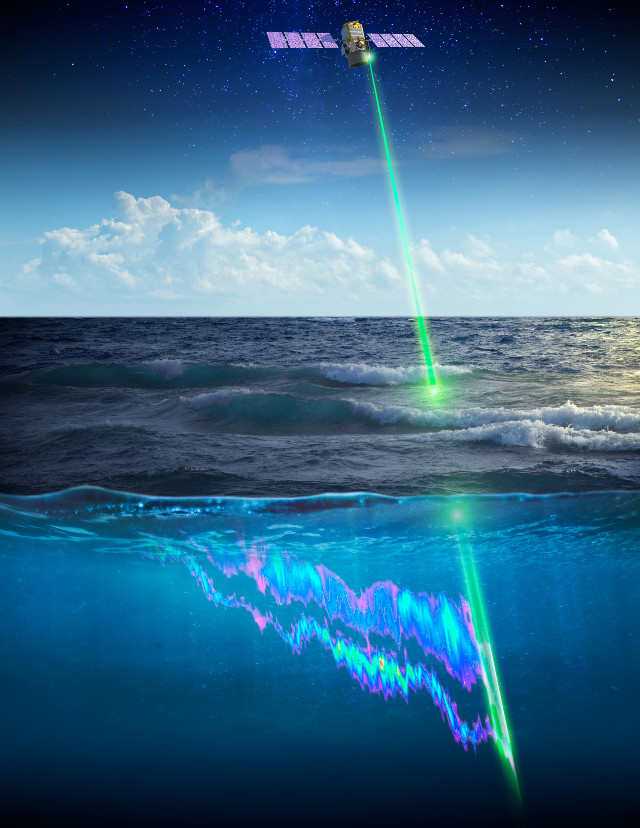
An article published in the journal “Nature Geoscience” describes the analysis of data collected between 2006 and 2015 on phytoplankton in the polar regions, which allowed to reconstruct their changes and cycles. A team of researchers led by Michael Behrenfeld, an expert on plankton at Oregon State University, obtained this information through NASA’s CALIPSO satellite.
The term plankton is very general because it includes very diverse marine organisms which can be plants, animals, viruses, bacteria, archaea, and other creatures that are still considered plankton. For this reason, until recently, our knowledge about plankton were rather limited but things are changing dramatically thanks to research such as the one published in May 2015 in the journal “Nature”.
In the great diversity of plankton, the term phytoplankton refers to the organisms considered a part of this great group capable of photosynthesis. Many of these organisms are plants but not all: for example, this category includes cyanobacteria. The fact that they use photosynthesis means that they release oxygen into the atmosphere and research conducted in the past decade showed that phytoplankton generate about half of the total oxygen produced by plants in the world.
In essence, it’s absolutely right to worry about the state of the world’s forests but phytoplankton also plays a crucial role in the production of the oxygen we breathe. For this and other reasons, space agencies such as NASA and the French CNES together with other organizations collaborated in the CALIPSO (Cloud-Aerosol Lidar and Infrared Pathfinder Satellite Observation) mission, which has various purposes related to environmental investigations. The satellite is equipped with the CALIOP (Cloud-Aerosol Lidar with Orthogonal Polarization) instrument, a Lidar system, capable of detecting data through fog, clouds and darkness.
The CALIOP instrument was able to conduct for nearly a decade continuous measurements in the oceans in the polar regions monitoring plankton and in particular phytoplankton. In the past, various monitoring of this kind were conducted with other satellites that detected the sunlight reflected from the oceans in the polar regions but that kind of monitoring is limited because in the winter darkness is constant and clouds are a problem. A Lidar, which is based on a laser, eliminates that problem.
Although the CALIOP instrument is not designed for this type of research, its characteristics allowed to make a big step forward in the surveys of phytoplankton and its vital cycles. Researchers can now see when these microorganisms bloom and their relationships with their predators. In short, they can see much better the changes in their ecosystems.
Given the phytoplankton’s importance in the production of oxygen and for the oceans’ ecosystems, this type of satellite observations will be developed. New Lidar systems that can detect with greater accuracy the presence of phytoplankton are being tested so in the next few years we can expect an improvement in our knowledge of these organisms’ cycles.

